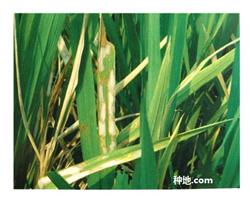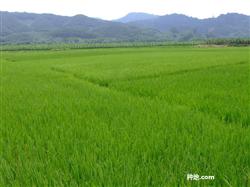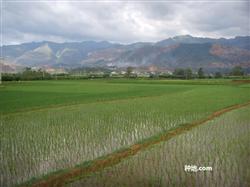How to reduce drug damage by chemical control of rice diseases and insect pests?

How to reduce drug damage by chemical control of rice diseases and insect pests? Is there any way to do it? Chemical control is an auxiliary measure for the production of high-quality rice, which can only be used when it is very necessary. In particular, according to the prediction and forecast of diseases and insect pests, we must accurately grasp the control index and the appropriate period of control, and select pesticide varieties with high efficiency, low toxicity and low residue, so as to effectively control the occurrence and harm of diseases, insect pests and weeds. And the purpose of minimizing pesticide pollution and protecting the ecological environment. In the initial or general occurrence of diseases and insect pests, non-polluting biological pesticide varieties are used; when diseases and insect pests occur seriously, biological pesticide and chemical pesticide mixtures or chemical pesticide varieties are selected; when more than two kinds of diseases and insect pests occur, choose pesticide mixtures with dual treatment effect. Chemical control should strictly implement the National guidelines for rational use of pesticides (GB8321) and the Standard for safe use of pesticides (GB4284). According to the guidelines for the use of pesticides in pollution-free rice production, the use of highly toxic, highly toxic and high residue pesticides is strictly prohibited, and the use of highly efficient, low toxicity and safe pesticides is restricted. Promote the use of pollution-free, pollution-free biological and botanical pesticide varieties to reduce organophosphorus, organochlorine and other pesticide residues in rice. When using, we should strive to achieve the diversification of pesticide varieties and dosage forms, select new varieties and dosage forms of pesticides with high efficiency, low toxicity, low residue, economy and safety, especially the application of selective pesticides, and strictly grasp the indicators of pest control. Rice fields that do not meet the control targets shall not use pesticides in order to reduce the frequency of pesticide use and reduce the total input of pesticides in rice fields. It is appropriate to strictly grasp the application dose of pesticides, take the lower limit of the optimal dose range, carry out selective treatment, reduce universal treatment, and reduce the killing of pesticides to beneficial organisms and environmental pollution. Special attention should be paid to the research and coordinated application of dynamic control indicators and dynamic pesticide doses, and the safe interval of pesticides should be strictly implemented to ensure that rice achieves the hygienic and safe quality of pollution-free products. Click to get massive rice planting technology click to get massive grain planting technology
- Prev

How to control diseases and insect pests of rice in summer?
How to control diseases and insect pests of rice in summer? According to the trend analysis, rice diseases and pests focus on "three diseases" (rice leaf roller, rice planthopper, Chilo suppressalis, rice blast, rice false smut and sheath blight) in summer and autumn. At the beginning of September, the sixth (4) generation rice planthopper, the sixth (4) generation rice leaf roller, the third generation.
- Next

What should be paid attention to in the control of rice diseases and insect pests?
What should be paid attention to in the control of rice diseases and insect pests? The object of prevention and control should take corresponding pesticide control according to the different kinds of diseases and insect pests in the field. When pesticides are mixed, the content of pesticides should be made clear, especially for the control of neck blast. There are two dosage forms of tricyclazole, which should not be mistaken. Don't increase it at will.
Related
- The first cup of black tea in spring, the flavor and history of tea gardens in Kenya, Africa
- The computer can not only choose potatoes, but also grow tea rice. AI will grow winter oolong tea champion.
- It is not only the inflated tea bitten by insects, but also engraved with the four seasons tea in Beipu.
- The Oriental Beauty Tea Festival in Zhuxian County takes the stage at the weekend to experience the plus-size feast of oil tea.
- & quot; Oriental Beauty Tea & Exploration of Emei in Hsinchu, the hometown of quot;
- The new variety of strawberry "Tainong 1" dessert is the first choice with mellow aroma. Crimson gorgeous
- History of Tea in Taiwan: from Wild Inner Mountain to Export Tea Garden
- Two types of Taiwan Oriental Beauty Black Tea won the British three-Star Award for Childhood Tea Xiang Zhang Jiaqi changed from pilot to champion tea maker.
- Banana species and varieties: the planting history of Taiwan Xianren banana and dwarf banana is long, is banana disease resistant?
- Coffee planting Technology: Qianjie Coffee from Seedling to harvesting

